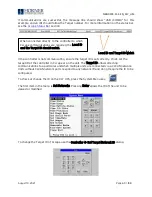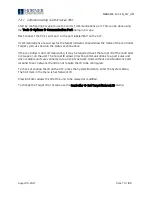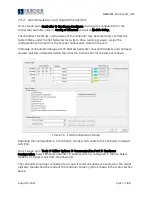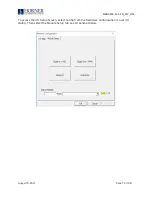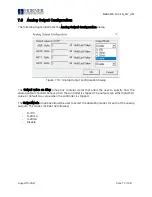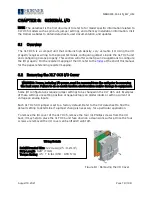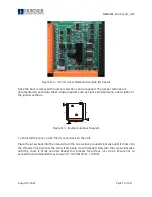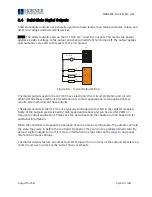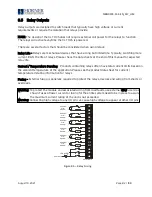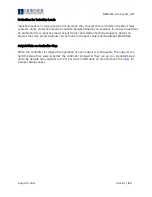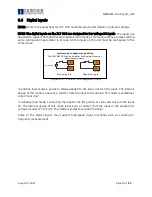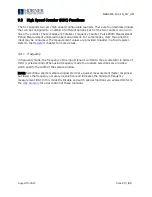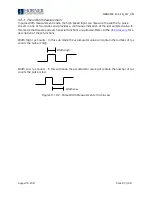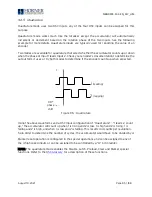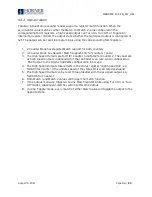
MAN0974-13.1-EN_XL7_UM
August 19, 2021
Page 82 | 198
8.5 Relay Outputs
Relay outputs are designed to switch loads that typically have high voltage or current
requirements or require the isolation that relays provide.
NOTE: The design of the XL7 OCS does not require external coil power for the relays to function.
The relays will activate anytime the XL7 OCS is powered.
There are several factors that should be considered when using relays:
Relay Life
–
Relays are mechanical devices that have a long but limited life. Typically, switching more
current limits the life of relays. Please check the data sheets at the end of this manual for expected
relay life.
Current / Temperature Derating
–
Products containing relays often have total current limits based on
the ambient temperature of the application. Please see the product data sheet for current /
temperature derating information for relays.
Fusing
–
External fusing is generally required to protect the relays, devices and wiring from shorts or
overloads.
001XLE015
0V ON J1
12-24VDC
R2
C2
R3
C3
R6
C6
R4
C4
R5
C5
R1
C1
H4
H2
H3
LOAD
230VAC
OR
25VDC
N
L
LOAD
230VAC
OR
25VDC
N
L
LOAD
230VAC
OR
25VDC
N
L
LOAD
230VAC
OR
25VDC
N
L
LOAD
230VAC
OR
25VDC
N
L
LOAD
230VAC
OR
25VDC
N
L
Warning: To protect the module and associated wiring from load faults, use external (5A) fuse(s) as
shown. Fuses of lower current or fusing for the entire system need to be in place to assure
the maximum current rating of the unit is not exceeded.
Warning: Connecting high voltage to any I/O pin can cause high voltage to appear at other I/O pins.
Figure 8.5
–
Relay Fusing


